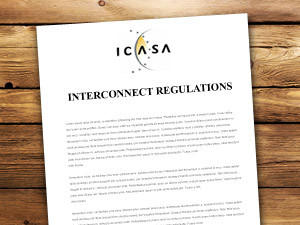
The Independent Communications Authority of SA (ICASA) has adopted long-run incremental cost plus (LRIC+) as the cost standard for the bottom-up and top-down modelling to determine the cost of mobile and fixed wholesale voice call termination.
The basis for the decision of the cost standard adopted, according to ICASA, is as follows:
* LRIC+ would allow operators to recover a portion of joint and common costs incurred in the provision of wholesale voice call termination service through termination rates.
* To ensure continued investment in electronic communications networks in SA.
* To correct the imbalances created in 2010 wherein the 2010 call termination regulations applied different cost standards to different markets.
* To ensure a smooth transition from a fully allocated cost standard used in 2010 to an eventual cost standard of pure LRIC.
About three years ago, ICASA's GM for markets and competition, Pieter Grootes, said the regulator had plans to drive down termination rates in the future and would consider this when reviewing mobile termination rates in 2013/14.
At the time he said: "The UK aims to reduce its termination rates by up to 80% in 2014/15. This is achievable, because the EU [European Union] is moving from LRIC+ [long-run average incremental cost] to pure LRIC. SA's model is already close to the UK LRIC model."
Termination rates, the fees operators pay each other to carry calls on their networks, are currently under review following a high court directive at the end of March that ICASA republish its proposed termination rate regulations.
The proposed regulations highly favoured smaller players Cell C and Telkom Mobile, with Vodacom and MTN paying the two more than double what they get in return for call termination. Although the court deemed the regulations invalid, they were instituted as is from April, but are set to change - the degree to which is as yet unknown.
The glide path ICASA wanted to introduce would have seen Vodacom and MTN paying their smaller rivals four times the amount they would receive in return (10c) from March 2016.
ICASA has until the end of October to publish new termination rate regulations.
Share